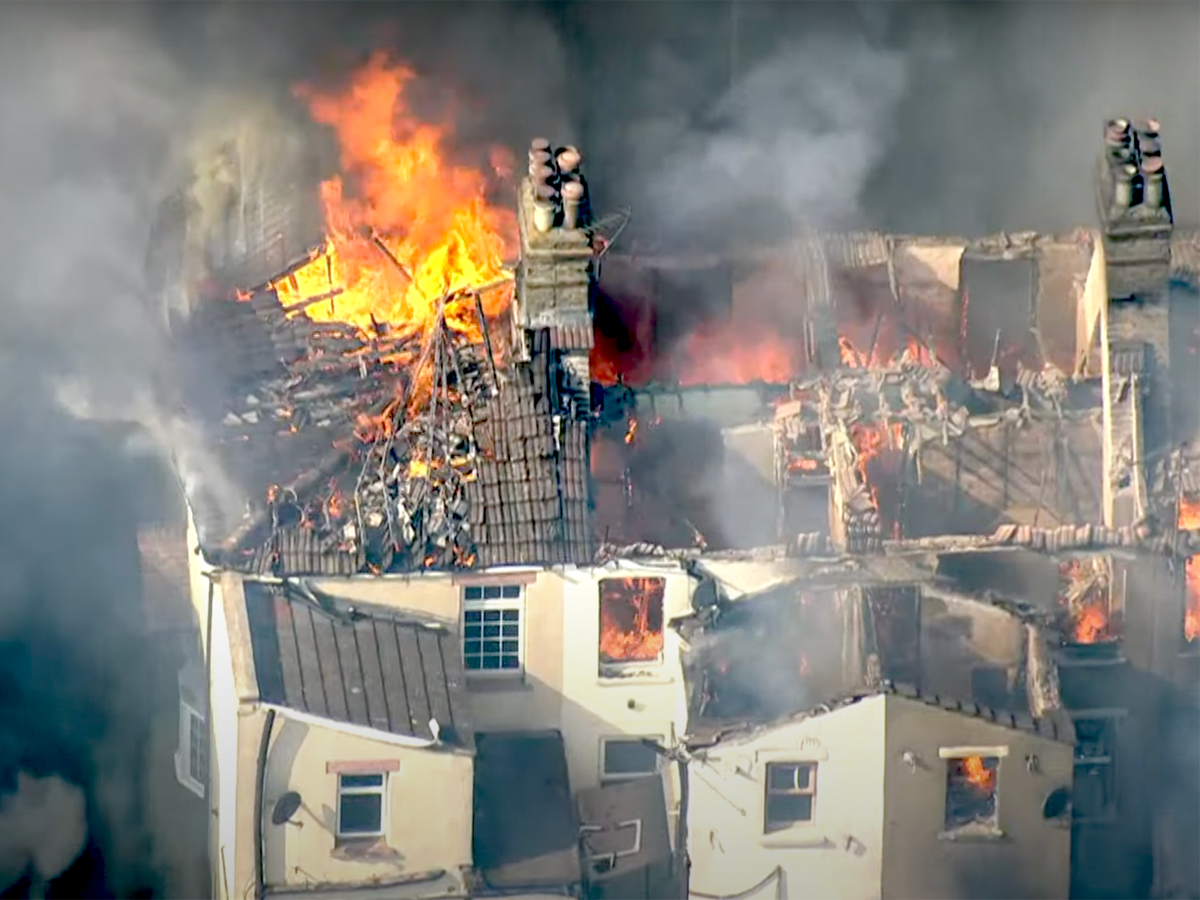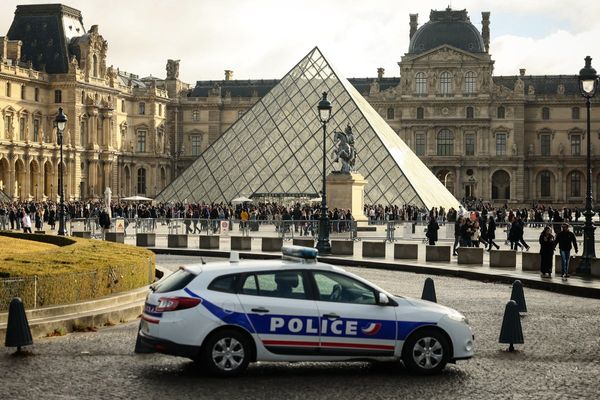
An unprecedented number of wildfires erupted across the UK on Tuesday as the country’s recorded its hottest day ever.
London Fire Brigade attended more than 1,110 emergencies in its busiest day since the Second World War.
Thirteen places, from Humberside to Bedford, all declared major incidents this week, and dozens of homes were wrecked by fire.
It’s part of a picture of worsening crises, with fires themselves both caused by and contributing to global warming. This year so far, England and Wales have had 442 wildfires, compared with 247 last year.
Compared with other countries, the UK is underprepared for these heatwaves, experts say - largely because before this century heat was never considered a problem here.
Phil Garrigan, who leads the National Fire Chiefs Council’s national resilience group for major incidents, said that unlike Spain and Greece, which have planes and helicopters that collect and distribute water to fires, the UK relies on third parties, including private-sector agencies for such work.
In the future, the government needed to consider how to provide the resources to meet significantly emerging demand, he said.
In 2019, the Climate Change Committee, which advises the government, warned that homes were far from ready to deal with flooding, water scarcity and overheating.
The government has tried to tackle the issue, with new building regulations aimed at limiting solar gains in summer and removing excess heat – but it’s just a start.
This week, the committee called on the government to ensure ventilation, insulation and external shuttering are installed in new and existing homes.
Julie Godefroy, head of sustainability at the Chartered Institution of Building Services Engineers, said: “Government took a positive step by requiring that new homes and residential buildings such as care homes should be designed and built to limit overheating risk.
“Government now needs to give the same attention to other buildings including, crucially, existing homes, to protect the majority of the population.
“Measures can include avoiding large areas of glass exposed to the sun, installing shading such as shutters, and providing windows which allow good air flow through the home.”

The Climate Change Committee also wants upper-temperature limits for workplaces to be clarified. They also want more vegetation and water included in the design of towns and cities and to ensure power and utility networks can withstand heat.
Hospitals, doctors’ surgeries and other health settings will also need to be adapted to make conditions more bearable.
"Trusts simply don’t have the infrastructure they need to handle this extreme weather, and this heatwave underlines why the government must deliver on its pledge to build new hospitals and invest more in capital across mental health, community and ambulance care,” said Miriam Deakin, interim deputy chief executive of NHS Providers.
This week, hospitals had to scale back surgery as operating theatres were too hot, and trusts had to install industrial cooling units and cool down IT server rooms, she said. Some non-frontline staff were allowed to work from home.
"Many services have reviewed their clinical activities to assess whether appointments or group activities should be cancelled or moved virtually, particularly in community and mental health services,” Ms Deakin added.

Rail chiefs issued a "do not travel" warning on Tuesday as services were cancelled or disrupted and lines closed in central, northern and southeastern England. The East Coast mainline between London, York and Leeds was shut.
Steel railway tracks expand as they heat up and may buckle in extreme heat because they can become up to 20C hotter than air temperatures.
Network Rail says most of the network can operate when track temperatures are up to 46C.
“When our remote monitoring systems tell us that a section of track might be expanding too much and could cause problems, we introduce local speed restrictions. Slower trains cause lower forces on the track – this reduces the chance of buckling,” the company said.
“Rails sometimes buckle even with prevention in place, and this means we need to close the line and repair the track.”
Cabinet Office minister Kit Malthouse said Britain “must learn to live with extreme events”, and admitted that a plan to make the country more resilient to the climate crisis would be delayed until the new prime minister is installed.
He said: "Britain may be unaccustomed to such high temperatures but the UK, along with our European neighbours, must learn to live with extreme events such as these.”
He said the new national resilience strategy would be launched "at the earliest possible opportunity by the incoming administration".
Mr Malthouse also told MPs "by and large the system worked" during the heatwave, but acknowledged there were "some tragic deaths in water-related incidents".







